Ranking the toughest commutes in the US, while highlighting cities that have overcome congestion and improved transportation
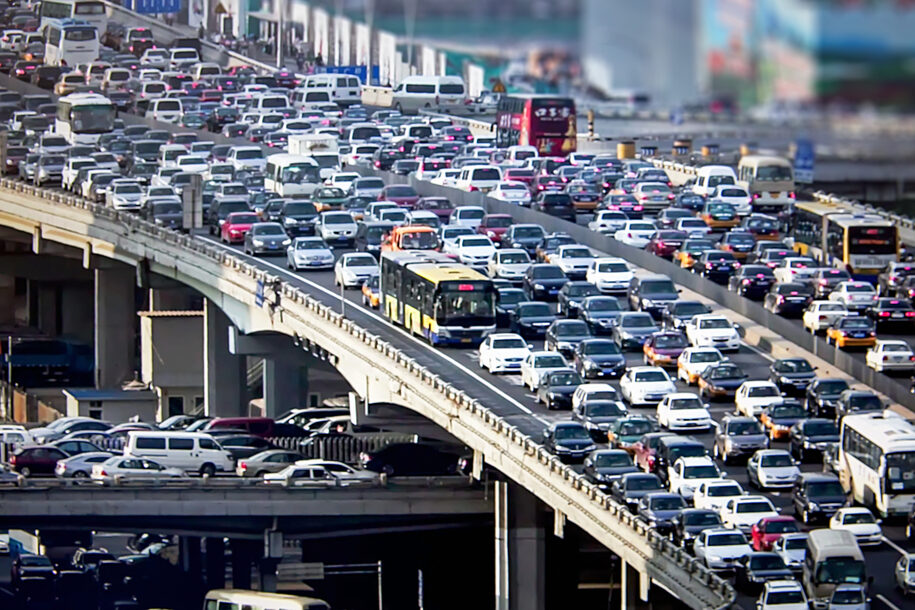
America’s daily commute can often feel like a test of patience, but some cities stand out for making the journey to work especially tough. At the same time, a handful of places have managed to turn things around, showing that with the right changes, even the worst commutes can get better. Here’s a rundown of the 15 worst commutes in the U.S. in 2025, along with 5 cities that have managed to fix their traffic nightmares.
1. New York City, NY
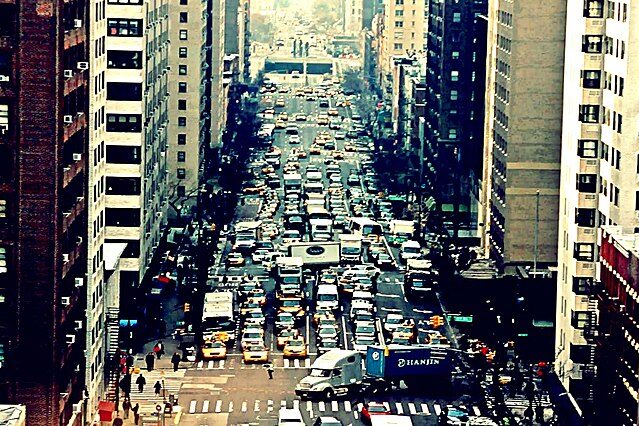
New York City’s commute is legendary, and not in a good way. New York City’s commute, particularly via subway and bus, is renowned for its frequent delays and inefficiencies. While the city relies heavily on these modes of transportation, they are often plagued by issues that impact the daily routine of millions. According to the NYC Comptroller, New York City’s subway system has struggled with on-time performance, with many lines performing worse than 60%. Even with ongoing investments in public transit, overcrowding and frequent breakdowns mean many New Yorkers spend more than an hour just getting to work. The city’s dense population and constant construction only add to the frustration.
2. Los Angeles, CA
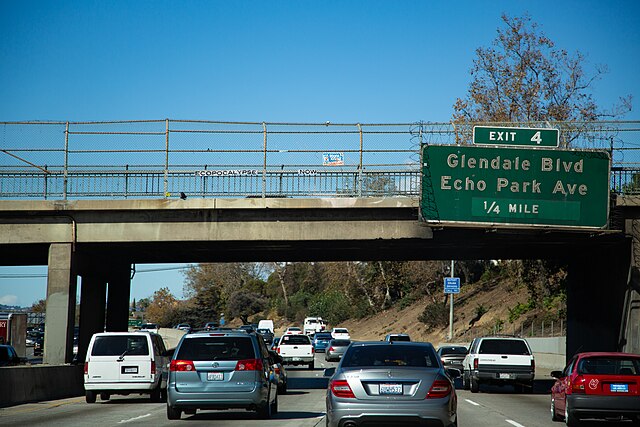
Los Angeles is synonymous with traffic jams. The city’s sprawling layout and car-centric culture mean that even short distances can take an eternity during rush hour. Freeways are often parking lots, and public transportation options, while improving, still lag behind demand. According to a report by Blacklane, “ a recent study has shown that Los Angeles is the third worst city in the United States for traffic jams, behind New York City and Chicago. The average Angelino losing 88 hours of their life every year sitting in their car going nowhere. That’s up from 62 hours in 2021, and almost double the national average.”
3. Washington, D.C.
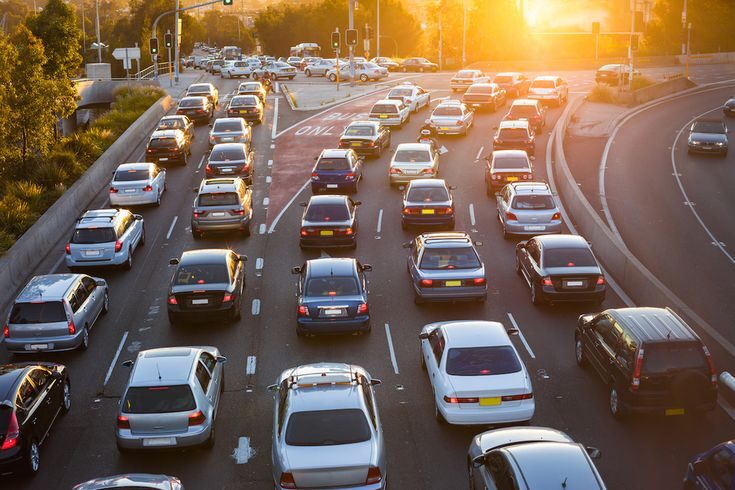
Commuting in Washington, D.C. is challenging due to factors like unpredictable Metro service, heavy traffic on highways, and frequent road closures for events, leading to delays and frustration for commuters. Metro service delays and reliability issues, coupled with highway congestion and road closures for events, contribute to a difficult commuting experience for D.C. workers. The average commute time in Washington, D.C., is indeed a significant factor, with many commuters experiencing lengthy travel times, often attributed to unreliable transit and heavy suburban traffic. While some studies like Patch show that the average commute time in Washington, D.C., is indeed a significant factor, with many commuters experiencing lengthy travel times, often attributed to unreliable transit and heavy suburban traffic, others studies show average commute times are slightly under an hour, the overall experience for many is more challenging.
4. San Francisco, CA
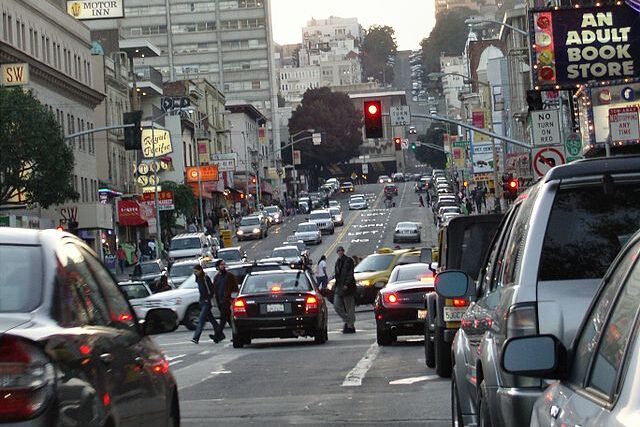
San Francisco’s commuting challenges are a major issue, particularly for those commuting across bridges like the Bay Bridge or Golden Gate Bridge from the East Bay or Silicon Valley. These routes are notorious for heavy traffic and long commute times, often cited as reasons for the region’s high traffic congestion. According to a post on Reddit, several factors contribute to the congestion, including housing. High housing costs push workers farther out, making for marathon journeys on packed BART trains or crowded highways. Tech shuttles help some, but not enough to make a dent for most.
5. Chicago, IL
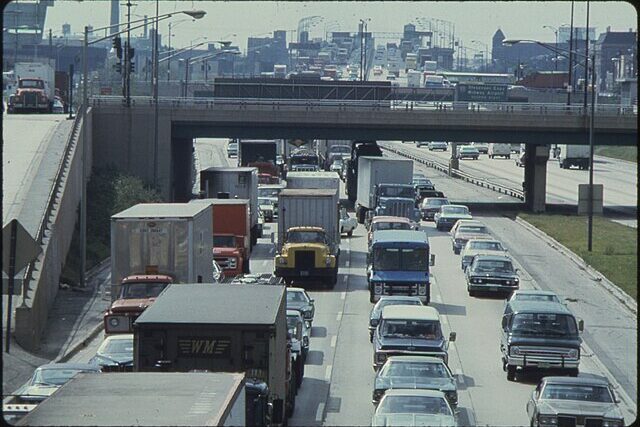
Chicago’s combination of aging infrastructure, unpredictable weather, and heavy traffic makes for a tough commute. The city’s L trains are often delayed, and expressways like the Kennedy and Eisenhower are infamous for rush hour gridlock. Additionally, construction projects and rail replacements frequently disrupt service, while Lake Shore Drive is prone to closures due to weather conditions or accidents. Despite these challenges, Chicagoans rely on the city’s extensive public transportation system, including buses and trains, to navigate the bustling metropolis.
6. Atlanta, GA
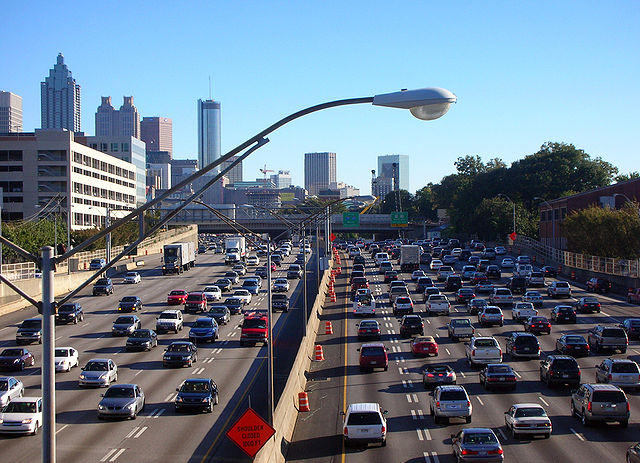
Atlanta’s rapid growth has strained its transportation system, leading to heavy traffic congestion on highways and limited public transit options, particularly for suburban residents. This is due to urban sprawl, limited public transit use, and Atlanta’s role as a major commercial hub. Atlanta’s highways are known for high congestion, making commutes lengthy and frustrating. While MARTA provides some public transit, it doesn’t adequately cover all suburban areas, and many residents rely heavily on private vehicles. Also, Metro Atlanta’s sprawling nature, with a large population spread over a significant area, contributes to longer commute times and dependence on cars.
7. Boston, MA
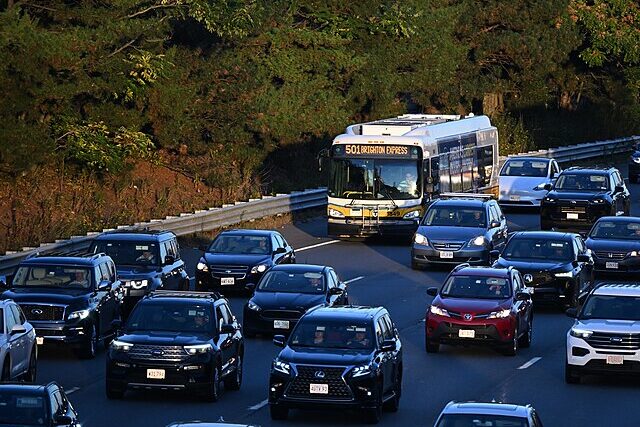
Boston commuters face significant challenges due to a combination of factors, including an aging subway system known as “The T,” narrow streets, and frequent roadwork. The T experiences frequent delays and service disruptions, while driving is also problematic due to limited parking and congestion. Additionally, Boston’s unique infrastructure, with its winding streets and dense neighborhoods, exacerbates traffic issues, and ongoing construction projects, such as the Big Dig’s aftermath, continue to impact traffic flow. These factors make commuting in Boston notoriously difficult, testing the patience of residents and visitors alike.
8. Houston, TX
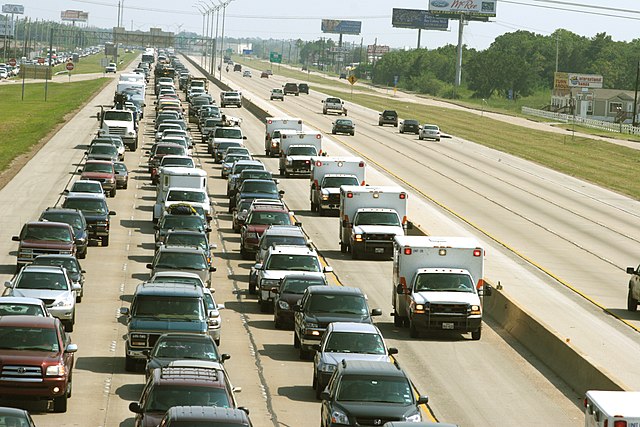
Houston’s vastness means many residents face long drives to work. Highways are often clogged, and while the city has invested in HOV lanes and expanded bus service, public transit still isn’t a viable option for most. The city’s rapid growth and lack of zoning laws contribute to sprawl, resulting in increased traffic congestion on highways like I-45 and the Grand Parkway. Furthermore, limited public transportation options and a car-dependent culture make Houston one of the most traffic-prone cities in the US, with commuters spending significant time stuck in traffic. Flooding and construction only add to the unpredictability, making Houston’s commute one of the toughest in the South.
9. Miami, FL
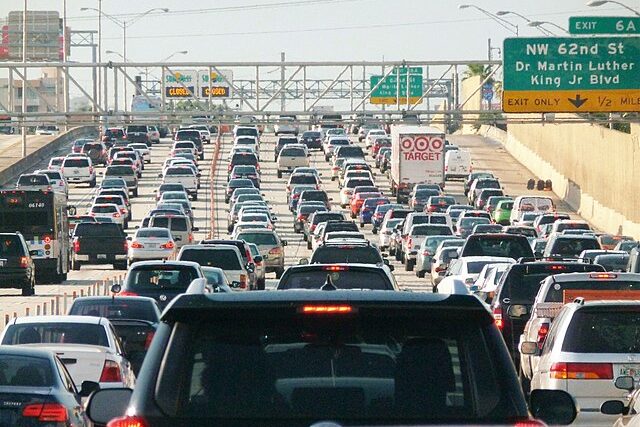
Miami experiences frequent traffic congestion due to a combination of rapid population growth and limited public transportation options. The city’s highways are known for slowdowns, and public transit, particularly outside the downtown area, is insufficient. While Miami-Dade Transit operates a system of buses and trains, it’s primarily concentrated in and around the downtown area. This means residents in other areas rely heavily on private vehicles, exacerbating traffic congestion. Moreover, Miami’s highways, like I-95 and I-819, are notorious for slowdowns, especially during peak hours. Despite the fact that Miami has started to expand its Metrorail and add new bus routes, drivers still face long waits in the Florida heat.
10. Dallas, TX
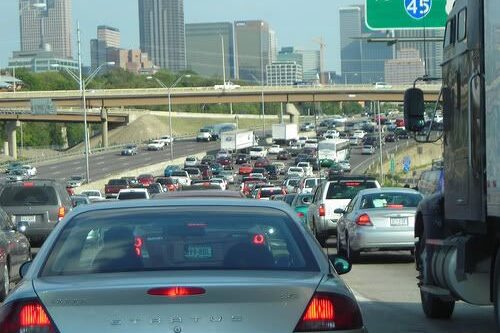
Dallas’s economic growth has led to more cars on already congested highways, even with DART’s expansion. Many neighborhoods remain car-dependent, causing long commutes. While DART is a vital public transportation system, it needs to expand routes, increase frequency, and improve infrastructure to make it more reliable and accessible for all. Also, Many areas in Dallas rely heavily on personal vehicles for transportation, making public transit less appealing and contributing to longer commute times. Recent efforts to add more HOV lanes and promote ridesharing are helping, but Dallas still has a long way to go.
11. Seattle, WA
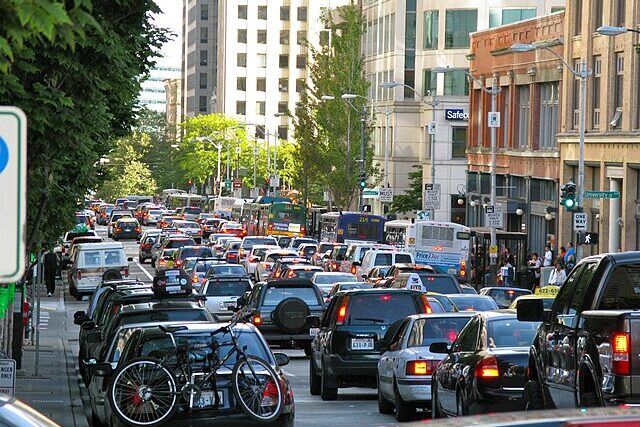
Seattle’s rapid tech growth has resulted in increased job opportunities but also significant traffic congestion. Highways and bridges are often gridlocked, and public transit struggles to accommodate the growing demand. The city is actively exploring solutions like congestion pricing and improved transit systems to address these challenges. Additionally, The city’s infrastructure is struggling to keep up with the influx of workers, particularly during peak hours. While public transit is an important part of the solution, it is also facing challenges in keeping up with the increased demand.
12. Philadelphia, PA
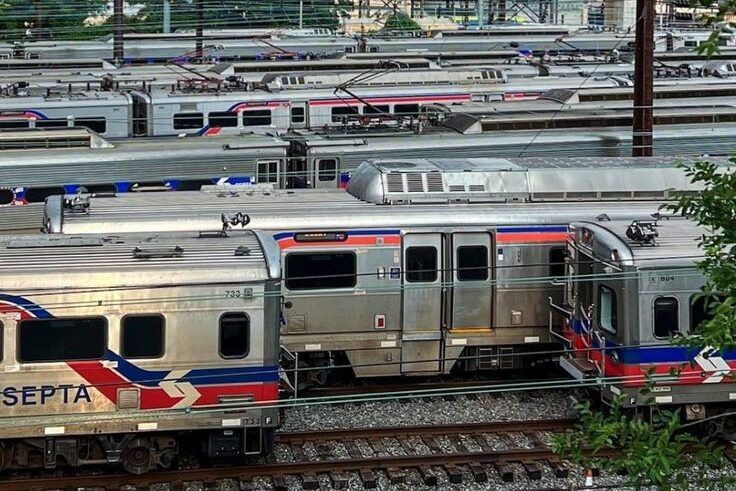
Philadelphia’s transportation infrastructure presents challenges to commuters, including an aging transit system and congested roadways. SEPTA delays are common, and driving is often impacted by construction and limited parking options. These issues contribute to longer commute times and increased stress for residents. Explicitly, SEPTA, the public transportation system, is experiencing service cuts and increased fares, potentially leading to longer commutes and reduced ridership. These cuts are due to a funding crisis, which could impact the region’s ability to meet air quality standards. As a result, reduced transit service could lead to more vehicles on the road, increasing traffic congestion and delays. Additionally, SEPTA’s aging infrastructure and the need for modernization pose ongoing challenges.
13. San Jose, CA

San Jose’s booming tech sector means more people on the roads, and limited public transit options make driving almost unavoidable. High housing costs push workers farther out, leading to long commutes on crowded freeways. The city’s proximity to San Francisco and Silicon Valley exacerbates traffic congestion on highways like US-101 and I-880, while the region’s growing population and lack of affordable housing contribute to increased commute times. Additionally, San Jose’s reliance on car-centric infrastructure and limited investment in public transportation options, such as light rail and buses, further compounds traffic woes. Efforts to expand light rail and encourage carpooling are underway, but the region’s growth continues to outpace its transportation solutions.
14. Baltimore, MD

Baltimore’s transportation system faces significant challenges due to a combination of aging infrastructure, unreliable public transit, and heavy congestion on roadways, leading to long commute times for residents. The city’s subway and bus systems are often plagued by delays due to aging equipment and track issues. To top it all, the current public transportation network doesn’t adequately cover the entire city, making it difficult for some residents to reach their destinations efficiently. Additionally, Bottlenecks on major highways, particularly exacerbated by bridge collapses like the recent Francis Scott Key Bridge incident, significantly slows down driving times. These transportation challenges lead to frustration for commuters, impacting their productivity and quality of life.
15. San Gabriel Valley
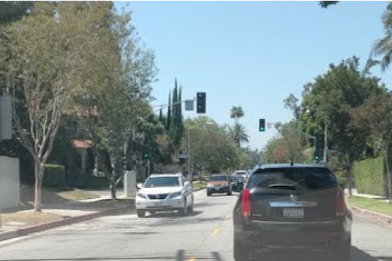
The sprawling region east of Los Angeles experiencing long commutes includes the San Gabriel Valley, according to Neighborhood Data for Social Change. Many residents of this area, including those in the East San Gabriel Valley, commute long distances, often relying on personal vehicles due to limited public transit. Cities like Palmdale and Moreno Valley are examples of commuter towns where residents travel to urban centers like Los Angeles for work. The major issue here is that; The East San Gabriel Valley is home to a significant portion of Los Angeles County’s population, and commuters primarily use interstate and state highways. While some Metrolink Commuter Rail and regional/local bus lines are available, the East San Gabriel Valley experiences high traffic density due to the five major interstate and state highways passing through.
Not all hope is lost, some cities have shown that change is possible. Here are five cities that have tried;
1. Denver
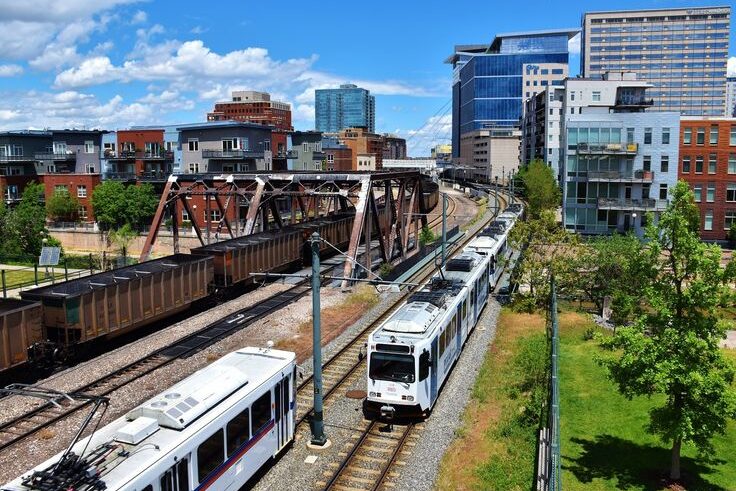
Denver has significantly improved its public transportation system through major investments in light rail and bus systems. The city’s RTD (Regional Transportation District) light rail system has expanded since its inception in 1994, now boasting over 60 stations across eight lines, including the popular A-Line which connects Denver International Airport to Union Station. This investment has led to noticeable improvements in commute times, with average commute times decreasing by 10-15% for those using public transportation. Denver’s commitment to expanding its transit system has made commuting easier and more efficient for its residents.
2. Minneapolis
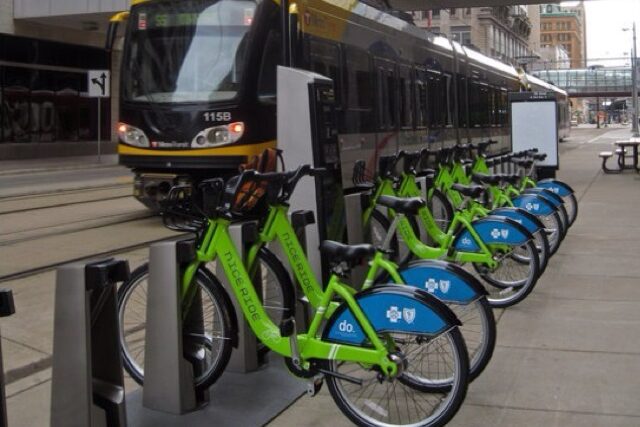
Minneapolis has taken steps to reduce reliance on cars by expanding bike infrastructure and introducing express bus routes. The city’s bike network has grown significantly, with over 200 miles of on-street bike lanes and more than 100 miles of off-street paths, making it one of the most bike-friendly cities in the US. Additionally, Metro Transit’s express bus routes provide fast and reliable service to key destinations, with some routes featuring dedicated bus lanes to reduce congestion. These initiatives have contributed to a significant increase in biking and public transportation usage, with 4% of commuters biking to work and 10% using public transportation.
3. Pittsburgh
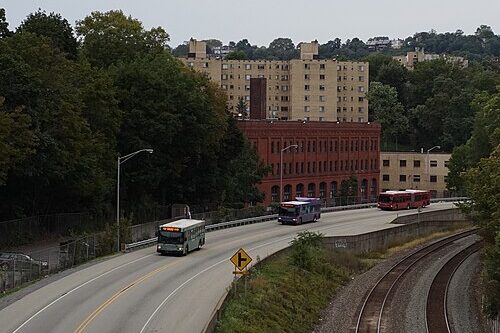
Pittsburgh has modernized its public transportation system, particularly its busways and park-and-ride options, leading to reduced congestion and improved commute times. The city’s busway system, which includes the South Busway and the Martin Luther King Jr. East Busway, provides dedicated lanes for buses, reducing travel times and increasing efficiency. New park-and-ride facilities have also been added, allowing commuters to easily transition from driving to public transportation. These changes have contributed to a decrease in traffic congestion and commute times, making Pittsburgh a more livable city for its residents.
4. Portland
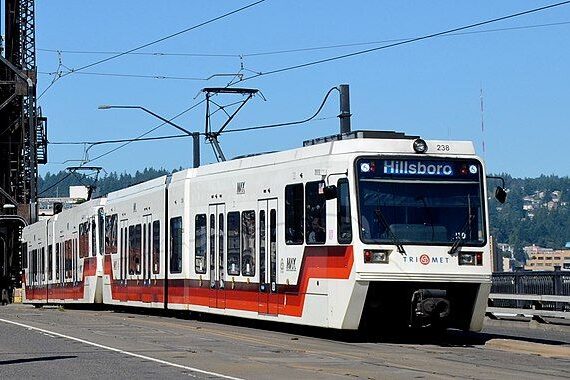
Portland has become a model for sustainable transportation, thanks to its comprehensive approach to reducing car dependency. The city’s emphasis on public transportation, walking, and cycling has led to a significant decrease in car usage, with 25% of commuters using alternative modes of transportation. Portland’s MAX Light Rail system, which includes five lines and over 60 stations, provides efficient and reliable service to key destinations. Additionally, the city’s bike-friendly infrastructure, including over 350 miles of bike lanes, has made cycling a popular mode of transportation.
5. Vancouver
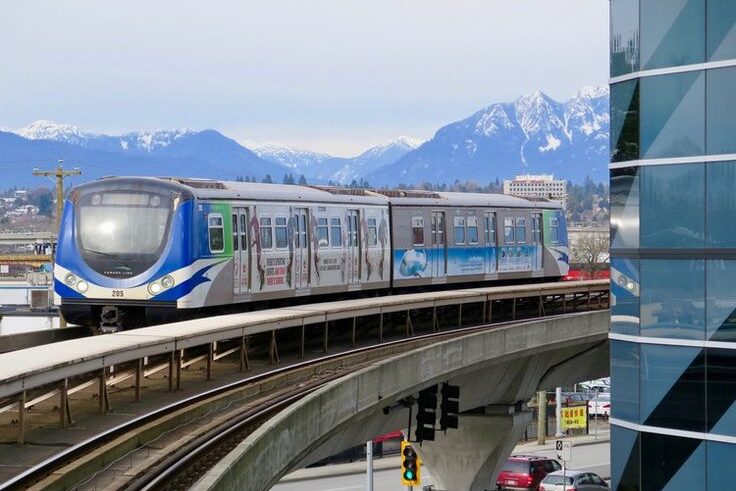
Vancouver has invested heavily in its public transportation system, including SkyTrain and buses, to reduce congestion and improve commute times. The SkyTrain system, which includes three lines and over 50 stations, provides fast and reliable service to key destinations, with trains running frequently and on schedule. Additionally, Vancouver’s bus network provides comprehensive coverage of the city, with many routes featuring dedicated bus lanes to reduce congestion. These initiatives have contributed to a significant increase in public transportation usage, with over 50% of commuters using public transportation to get to work.
Want to see your city on the “fixed” list next year? Stay engaged with our posts, and keep the conversation going. Your daily drive might just get a little bit easier.


